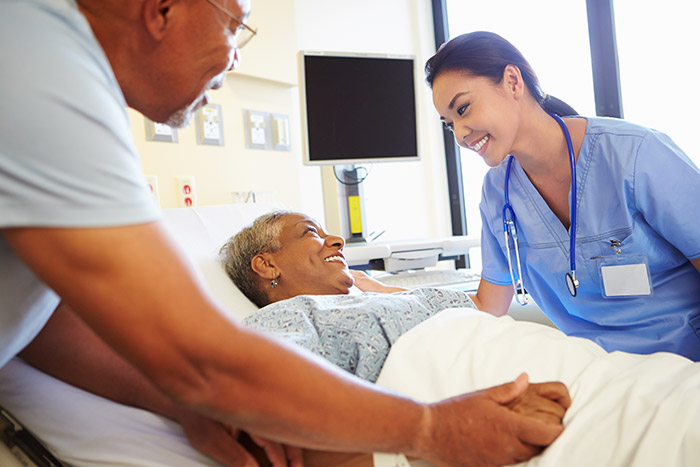Women and Stroke: The Facts Are Alarming
According to the Centers for Disease Control, one in five women in the United States will have a stroke in her lifetime. Nearly 50 percent of first-time strokes occur in women and 60 percent of stroke deaths are in women. Stroke kills twice as many women as breast cancer and is the third leading cause of death for women.
Those statistics are enough to grab anyone’s attention.
Dr. Alexander Hou, Vascular Surgeon at St. Elizabeth Physicians says, “The good news is 80 percent of strokes can be prevented by reducing your risks. And if you recognize the signs and symptoms of stroke early and get immediate medical attention, you could prevent long-term effects from a stroke.”
Signs of a Stroke in Women
Some symptoms of a stroke are alike in both men and women. Traditional symptoms of a stroke include:
- Numbness on one side of the body.
- Paralysis on one side of the body.
- Visual disturbances.
- Loss of ability to understand or express speech.
- Loss of ability to speak.
- Loss of bodily control/coordination and dizziness.
- Facial weakness.
When a woman is having a stroke, she may complain of other symptoms which can lead to an initial misdiagnosis. Symptoms unique to women include:
- Sudden pain in face, chest, arms or legs.
- Sudden hiccups.
- Shortness of breath.
- Sudden nausea.
- Sudden general weakness.
- Sudden chest pain.
- Seizures or loss of consciousness.
Am I at Risk for a Stroke?
Dr. Hou explains, “Your risk of stroke increases with age, and women live longer than men. Women also have some unique risk factors that place them at higher risk.
Your risk for stroke increases if you have heart disease, vascular disease, diabetes, renal failure, diabetes, obesity, hypertension, poor diet and you use tobacco.
Additional risk factors for women include:
- Pregnancy – women of childbearing age who have high blood pressure or have complications from delivery.
- Oral contraceptive – risk increases even more for women who smoke, have hypertension, are insulin resistant, obese, have migraines with aura or are over 45.
- Menopause – women entering menopause are at risk due to lower estrogen levels.
- Atrial fibrillation – more women are diagnosed with atrial fibrillation which puts you at an increased risk for stroke.
- Migraine headaches – women are four times more likely than men to have migraines. Migraines with auras put you at 200 percent higher risk for a stroke.
The key to surviving and recovering from a stroke is recognizing the symptoms and calling 911 immediately,” says Dr. Hou. He adds, “Education is the key. More people need to know and understand the symptoms of a stroke so they can get help quickly.

